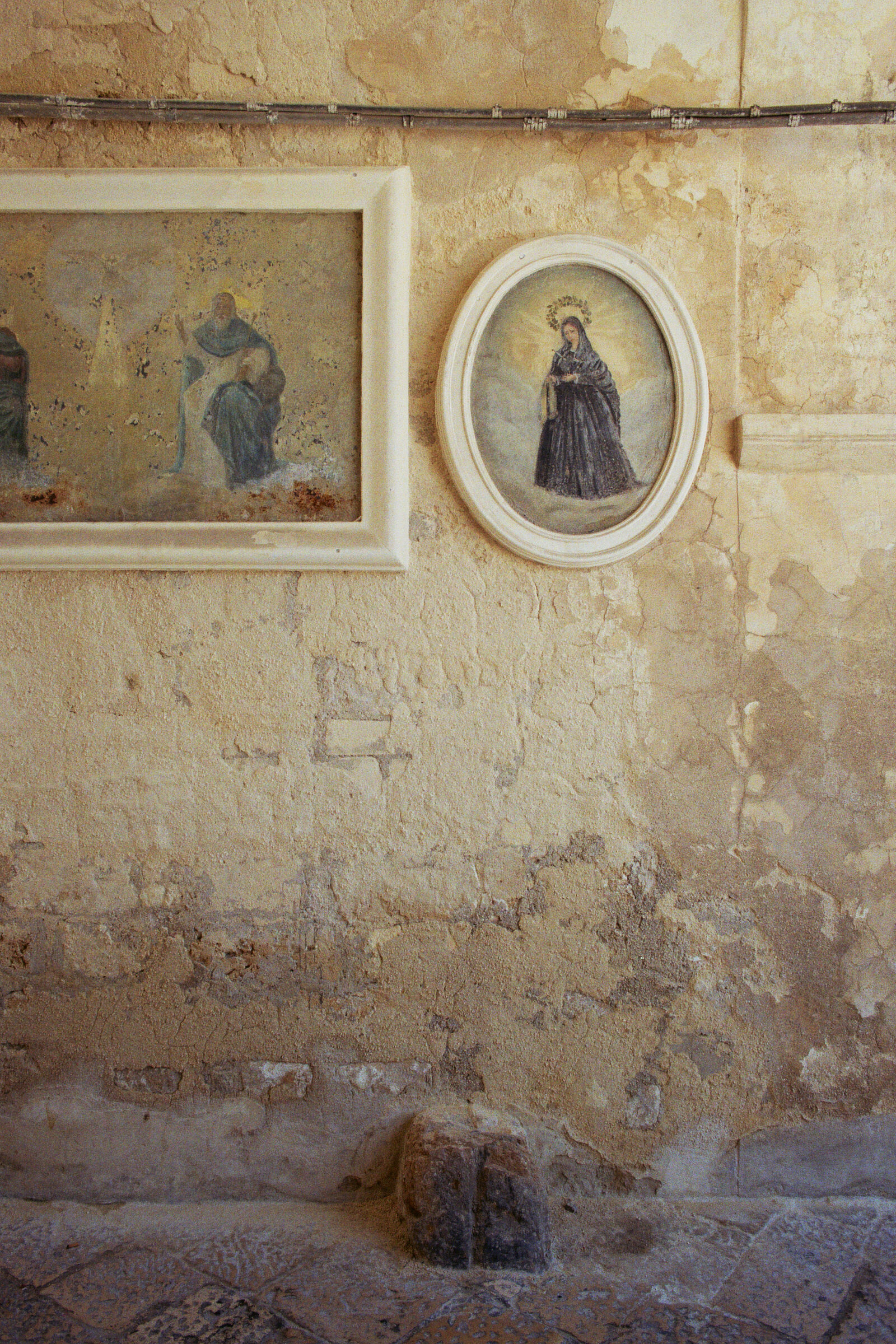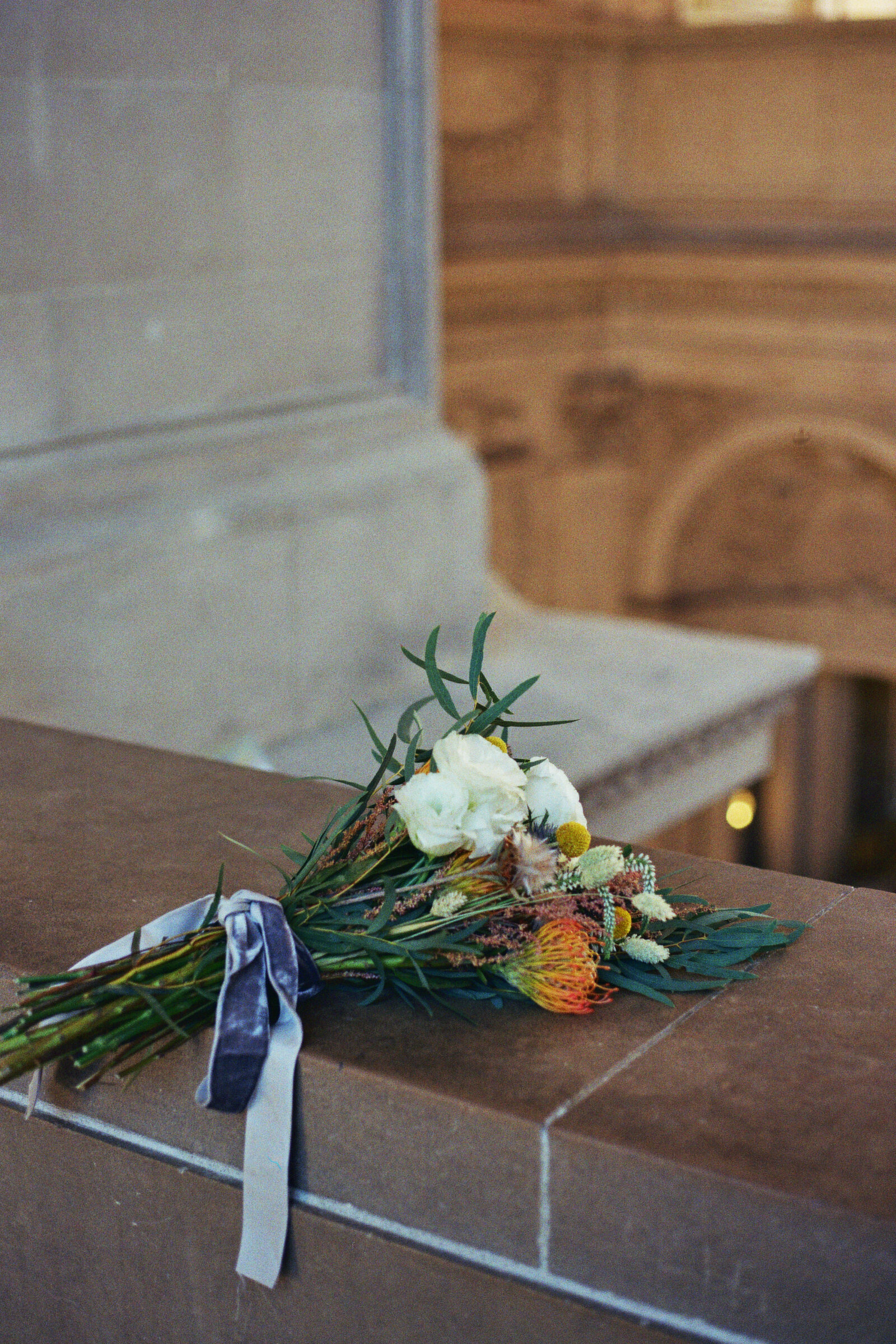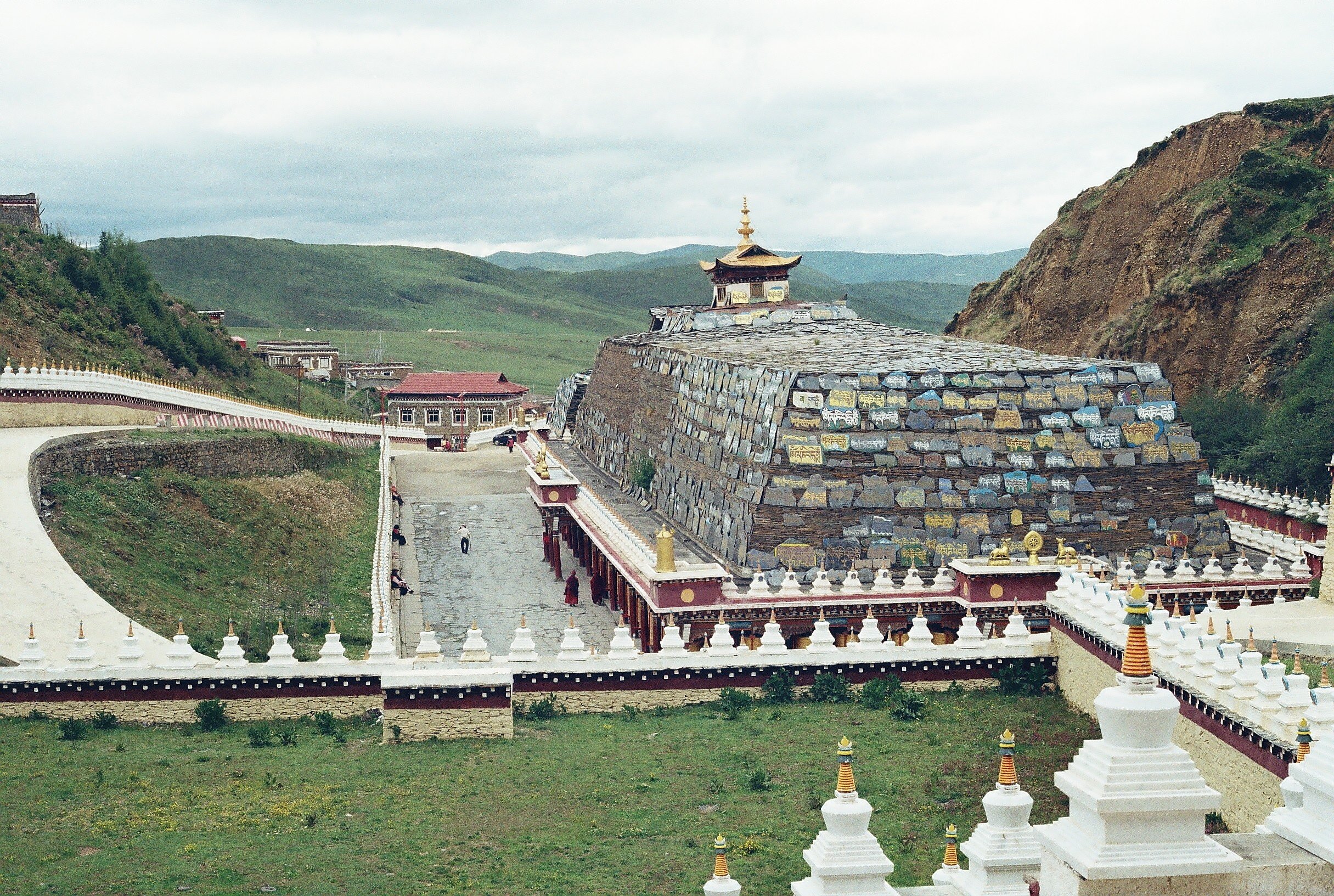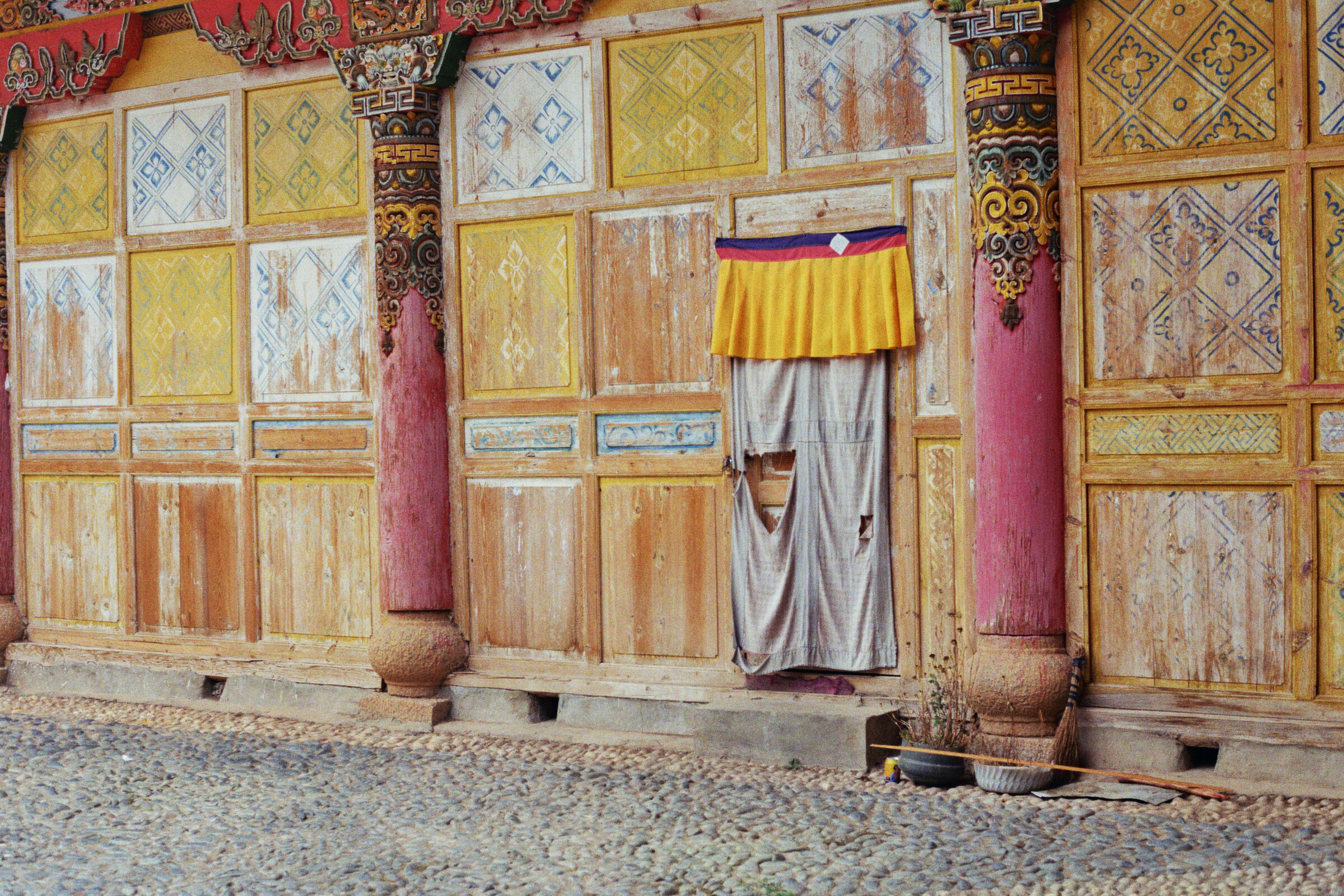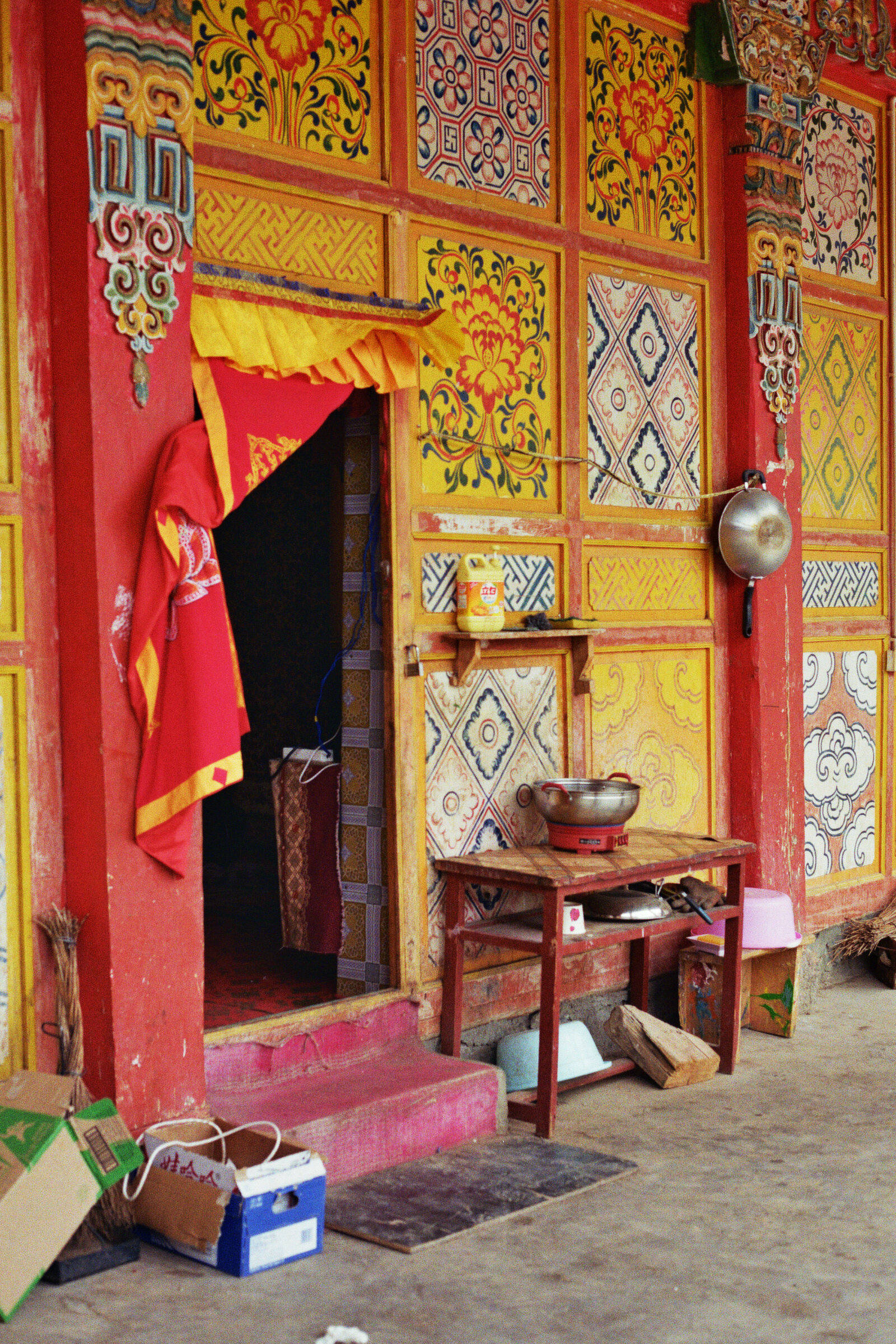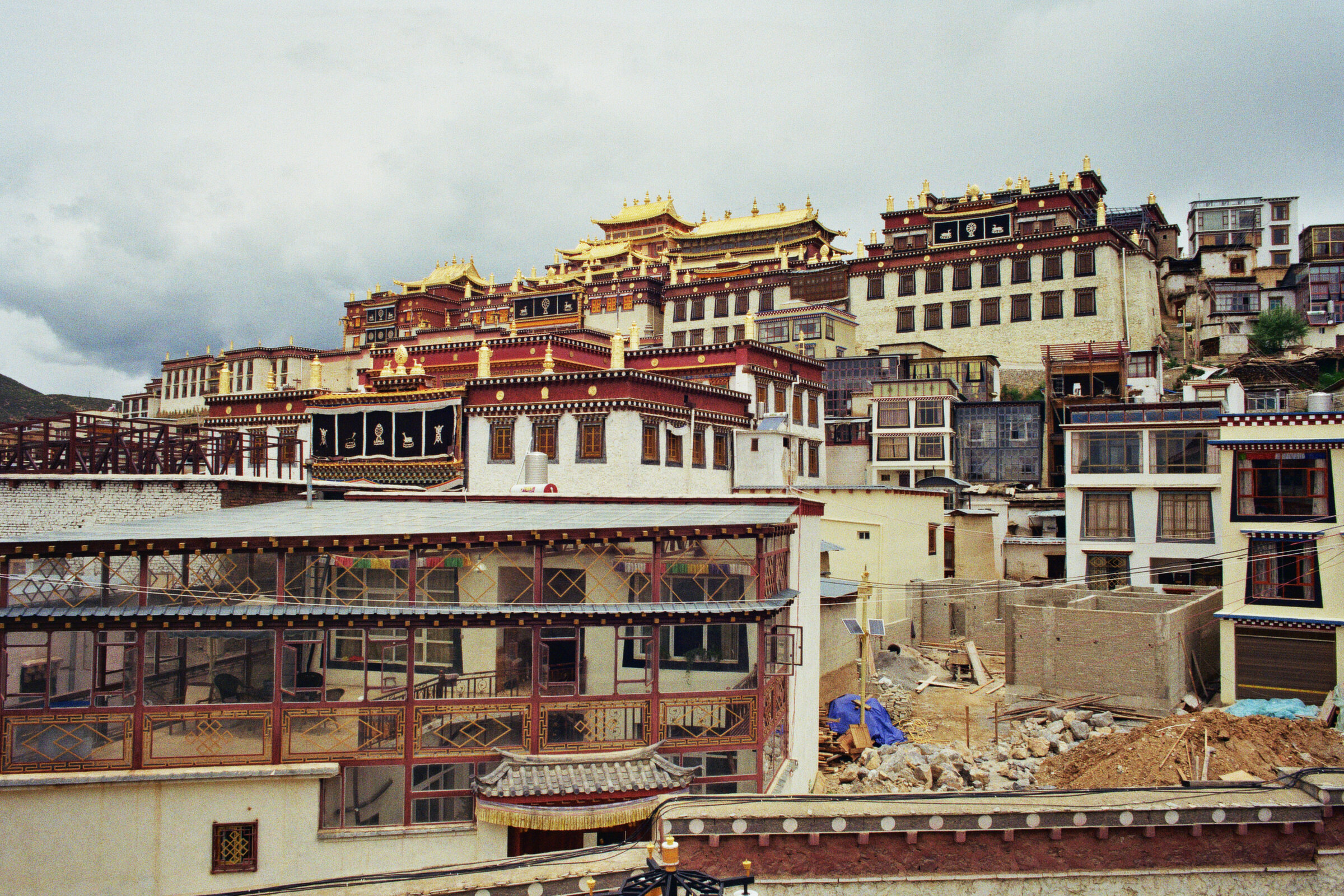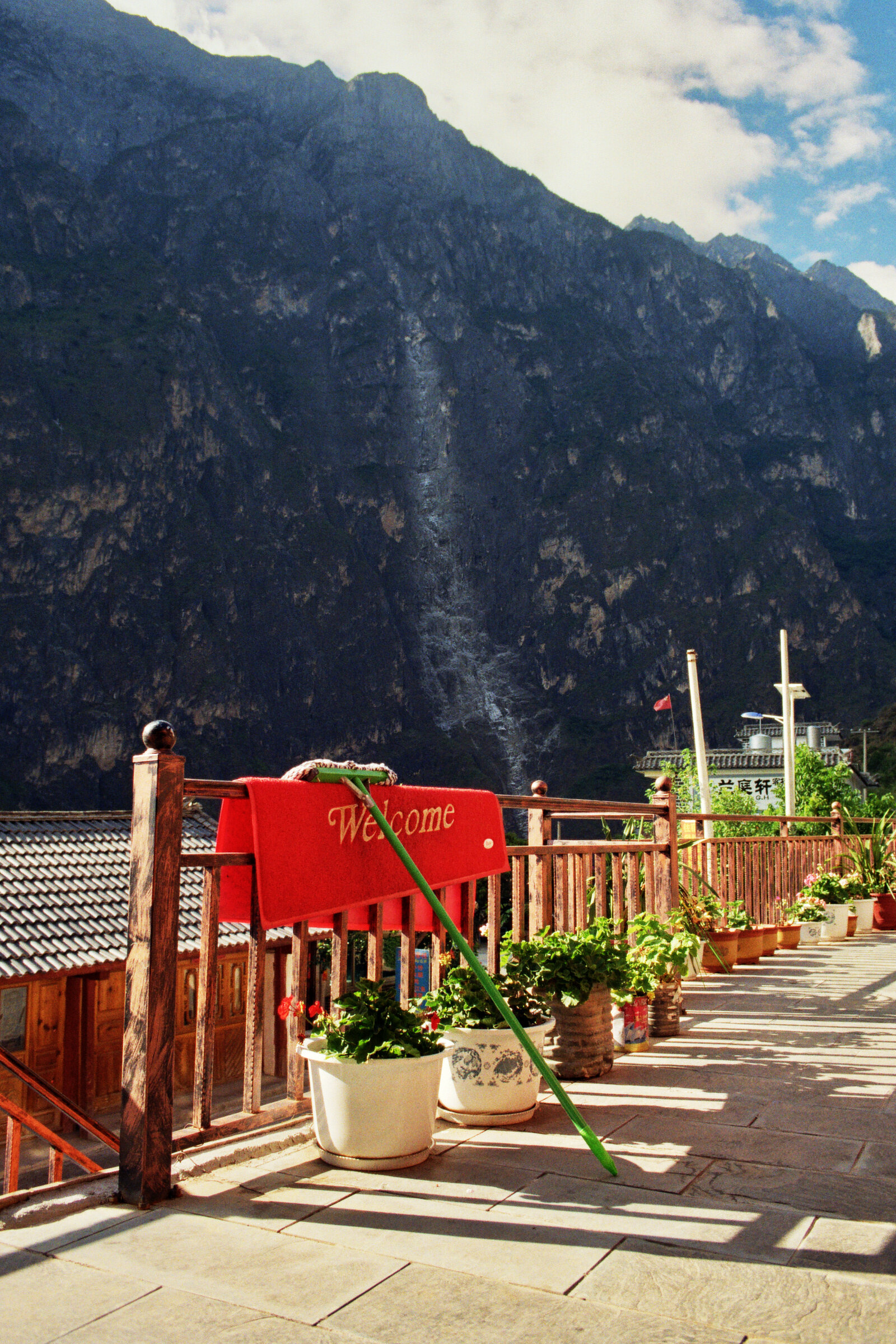Exhibition documentation: Will you remember this?, Liesl Pfeffer and Beate Tischer at Tête Galerie in Berlin, 16—24 October 2021.
In the exhibition Will you remember this? Liesl Pfeffer and Beate Tischer present new textile collages, oil paintings and drawings. Both artists find material for their work through the act of paying close attention to light, form and colour in the urban environment.
The exhibition’s title alludes to the desire both artists feel to engage with the distinctive features of an unknown or foreign place—be it a city, a building, a shop, or a park. Both continuously expand their archives of sketches and photographs, which they use to reconstruct objects and spaces. They are interested in the act of observing in order to remember.
Pfeffer and Tischer remove these observed architectural and physical elements from their original contexts, directing the viewer's gaze to that which surrounds us but often goes unnoticed. Through this recontextualisation, they present a reduced and abstracted work, leaving open space for the viewer to extend the narrative through their individual imagination and past memories.























